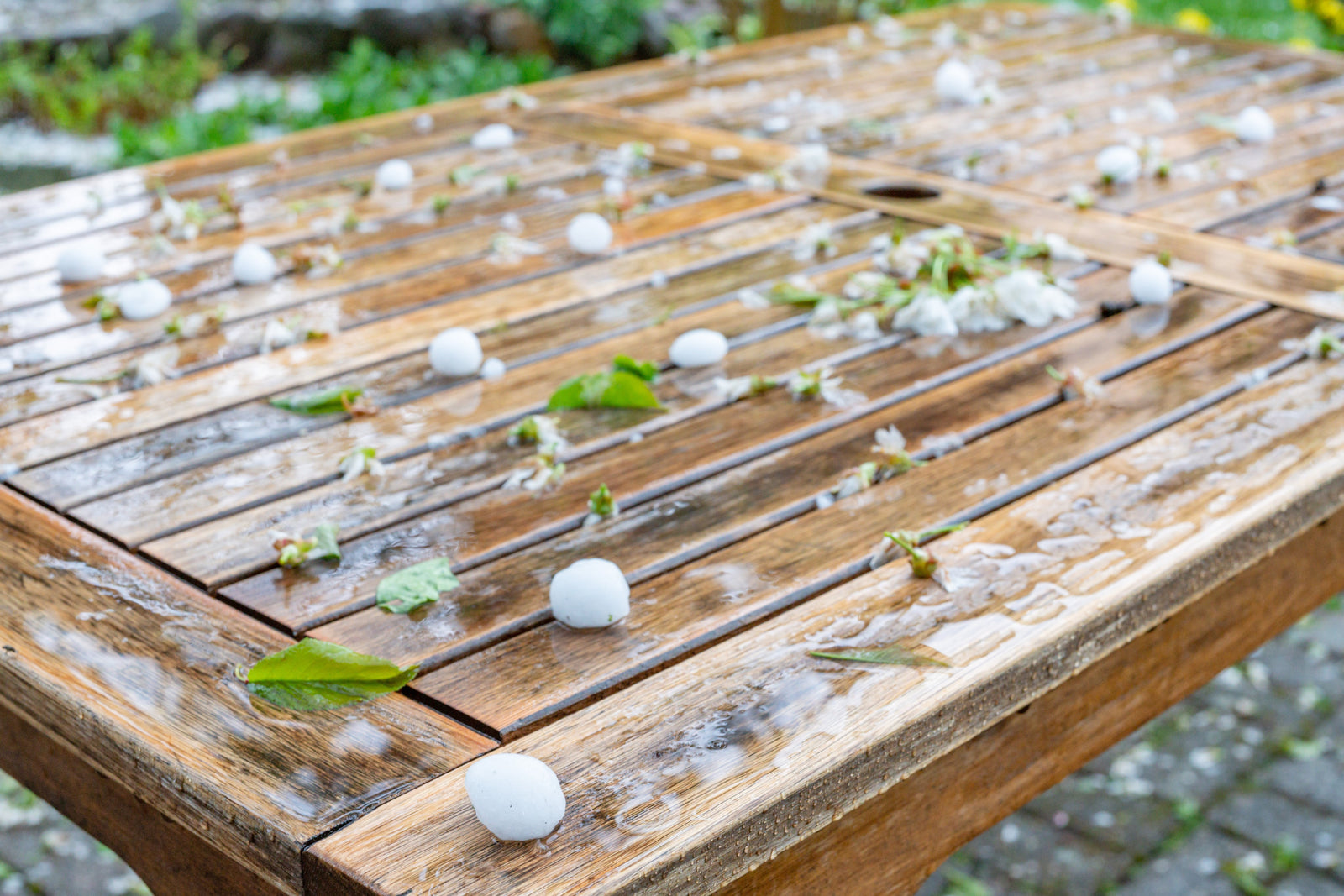Your Cart is Empty
Add description, images, menus and links to your mega menu
A column with no settings can be used as a spacer
Link to your collections, sales and even external links
Add up to five columns
Add description, images, menus and links to your mega menu
A column with no settings can be used as a spacer
Link to your collections, sales and even external links
Add up to five columns

Reviving Your Garden After Hail
July 18, 2023 3 min read
Gardening enthusiasts put tremendous effort into creating beautiful outdoor spaces, but Mother Nature can sometimes throw unexpected challenges our way, especially here in Alberta. One such challenge is hail, which can wreak havoc on gardens, damaging plants, and leaving gardeners disheartened. However, all is not lost! With proper care and attention, you can help your garden recover from hail damage and restore its vitality. In this article, we'll explore practical steps to guide you through the process of rejuvenating your garden after a hailstorm.

Assess the Damage
After a hailstorm, take some time to carefully assess the extent of the damage. Look for broken branches, torn leaves, and any other visible signs of injury on your plants. Pay attention to delicate plants, such as flowering annuals, tender vegetables, and young seedlings, as they are usually more susceptible to hail damage. Note which areas were affected the most and prioritize their recovery.
Prune for Healing
Pruning is a critical step in helping your plants recover from storm damage. Trim off broken or severely damaged branches, making clean cuts just above a healthy bud or branch junction. This encourages new growth and prevents the spread of diseases. For plants that have been significantly affected, consider cutting them back to promote vigorous regrowth from the base.
Address Soil Compaction and Provide Adequate Water and Nutrients
Hail can disrupt the natural moisture balance in the soil. Depending on the severity of the storm, water may have been washed away or compacted the soil surface. Loosen the soil gently with a garden fork to improve aeration and water penetration. Avoid aggressive tilling, as this may further damage the already stressed plants.
After a storm, plants might be deprived of essential moisture and nutrients. Ensure your garden receives sufficient watering to help plants recover. Use a slow, steady stream of water to avoid soil erosion. Additionally, apply a balanced organic fertilizer to replenish the nutrients lost during the storm and support healthy regrowth.

Protect Vulnerable Plants
If your area is prone to severe weather, consider pre-emptive measures to shield your garden from future storms. Install protective structures such as hail nets, cloths, or garden covers to shield delicate plants from hailstones and harsh winds. These protective barriers can reduce the impact of hailstones and prevent further damage.

Add Organic Mulch
Encourage plant recovery by providing a nurturing environment. Mulch the soil around plants to retain moisture, regulate temperature, and suppress weed growth. This protective layer also acts as a cushion against potential future hail events.
Monitor for Pests and Diseases
Hail damage can weaken plants, making them more susceptible to pests and diseases. Keep a close eye on your garden and promptly address any signs of infestation or infection. Utilize organic pest control methods and seek advice from local gardening resources or professionals if needed.

Practice Patience and Encouragement
Recovering from severe weather takes time, and plants may need several weeks or even months to fully rebound. Be patient and continue providing attentive care to your garden during its recovery period. Offer support to your plants as they slowly regain their strength and resilience.
Recovering your garden from hail damage may initially feel overwhelming, but with proper care and attention, you can restore its beauty and vitality. By taking these steps, you will be fostering an environment where nature's resilience shines, and your garden can once again flourish with beauty and vitality. Remember, gardening is a journey, and nurturing your garden back to health is a testament to the enduring spirit of nature and the joy of cultivating life.
Subscribe
Sign up to get the latest on sales, new releases and more …




